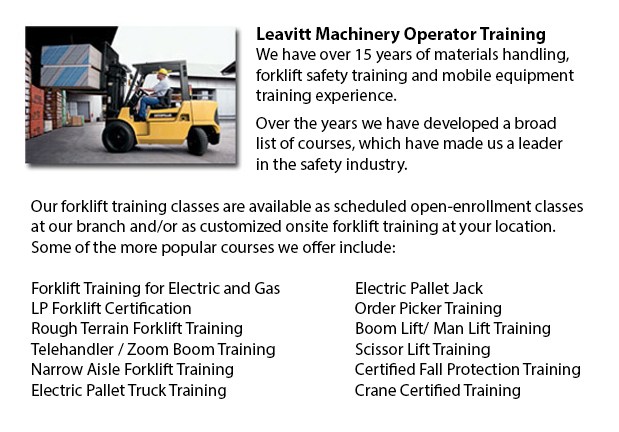
Boom Trucks Training Hamilton - Boom truck are often used by phone, cable and utilities companies as they have extended folded arms which are commonly folded over the roofs of company vans. On the end of the extension of extendable arms frequently sits a bucket-like apparatus. When a container truck has an extendable boom installed on the roof this is sometimes known as an "aerial boom truck" or a "cherry picker". It is able to transport employees to the top of a phone or electrical pole. Bucket boom vans have a lifting capacity of around 350 lbs to 1500 lbs or 158 kg to 680 kg plus they are able of extending the bucket up to 34 feet or just over 10 meters into the air.
Construction boom trucks or heavy duty boom trucks will regularly have a crane accessory on the rear. Often labeled knuckle booms, these cranes might be shorter and more compact than the trolley boom, which has a boom able to extend the length of the truck. Crane boom vehicles include a raising capability between 10 to 50 tons or roughly 9 to 45 metric tons.
Concrete boom trucks are a different variation. The booms on these lift trucks have a pipeline with a nozzle at the remote end and are used to pump concrete or other materials. The locations where these resources need to be deposited is oftentimes inaccessible to the vehicle or is found at a substantial height, for that reason, the boom of a larger concrete boom vehicle may well be extended 230 feet or just about 71 meters. The vehicle then pumps the concrete through the boom directly depositing it into the space where it is required.
Fire engines are often equipped with a boom bucket able to elevate firefighters up to the higher floors of buildings. Also, this boom will permit firefighters to direct the flow of water or to engage or rescue trapped victims. Many of the older hook and ladder lift trucks have been displaced with current boom trucks.
Self propelled booms are relatively comparable to forklifts. These little boom vehicles can raise workers to elevated storage or to the ceiling of large warehouses and storage facilities. They are more secure and as a result far safer than using extension ladders for the similar application.
-
Scissor Pallet Trucks
Scissor Pallet Truck Training Hamilton - Scissor pallet vehicles are designed for transporting and lifting singly stacked pallets by integrating a lifting system that permits the pallets on the truck to be elevated. This equipment is a first-rate ins... More -
Aerial Lifts
Aerial Lift Training Hamilton - Aerial lifts can accommodate many tasks involving high and tough reaching spaces. Sometimes used to perform routine maintenance in buildings with lofty ceilings, prune tree branches, raise burdensome shelving units or... More -
JLG Telehandler
JLG Telehandler Training Hamilton - In the late 1960's John L. Grove, with his wife Cora embarked on on a cross country excursion in their RV. Recently retired, after spending several years working with his brother to build their crane business into... More -
Nissan Forklift
Nissan Forklift Training Hamilton - Nissan takes immense pleasure in achieving total consumer satisfaction, when their consumer is experiencing one of their many products including cars, trucks, and lift trucks. Nissan Motor Co. Ltd is the parent com... More -
Komatsu Forklift
Komatsu Forklift Training Hamilton - Komatsu Forklift U.S.A. Inc., a member of the Komatsu Ltd. family, has a positive reputation for building robust and reliable forklifts. They are recognized worldwide as a business who has a proud heritage and who... More

Forklift Certification Hamilton
TOLL FREE: 1-888-254-6157
Hamilton, Ontario
forkliftcertificationhamilton.com
Email Us
About Us


